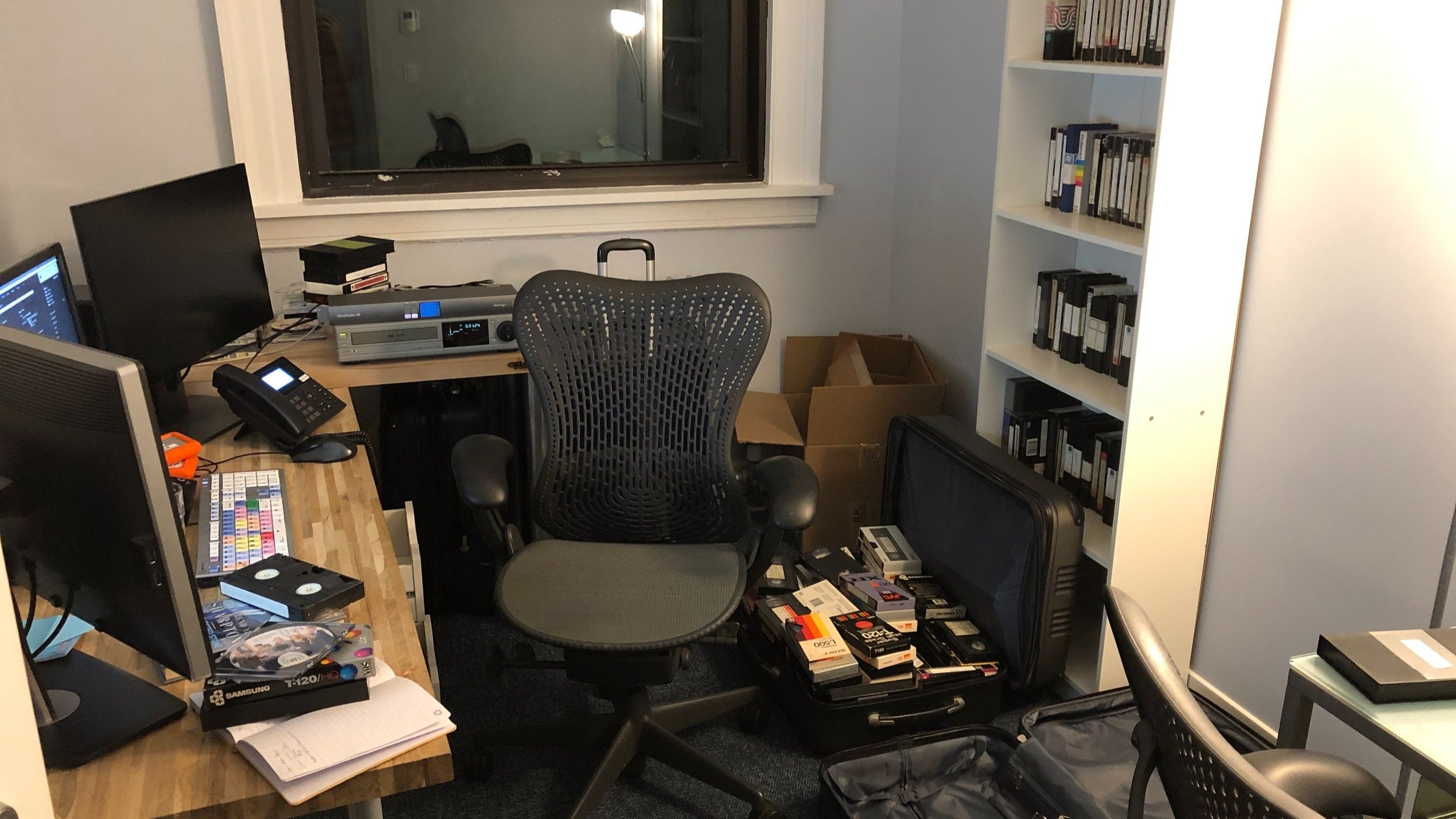
While some of us debate what history is or was, others take it into their own hands.
Michel-Rolph Trouillot
When I had the pleasure of working with the great conservationist, preservationist, and restorationist Maurice Schechter, he sat me down in front of four large monitors and said, “I’m going to teach you how to see,” and rolled the tape.
From my first job in digital ingest at ABC headquarters to the full collection of tapes from National Action Network, from boxes of family slides to ancient textiles in the Metropolitan Museum of Art, I’m no stranger to an archive. Which is why I was thrilled to become a disciple of Susan Opotow at the Graduate Center, who teaches applying a social justice lens to understanding and interpreting archives.
I’m interested in the use of these precious, often dubious materials. If history is the tension between what happened and what is said to have happened, archives hold the potential to document, sway, or misrepresent reality. In Loudmouth, Beta taped broadcast news from the 1980’s reinforced the status quo, a racist narrative. In The Ever Curious Man, homevideo can be bent to reinforce or discount a son’s resentment. In The Loom, a garage full of slides, letters, and artworks reclaim a man’s lost story and problematize his WWII era legacy. My aim is to serve the story, but as an editor, I manipulate mindfully.
Like Maurice guiding my eye to green halos of digital artifacting, reading Stuart Hall, Michel-Rolph Trouillot, Opotow and others has taught me how to see within archives. These works serve as a flashlight for exploring the caves of personal and structural collections.

